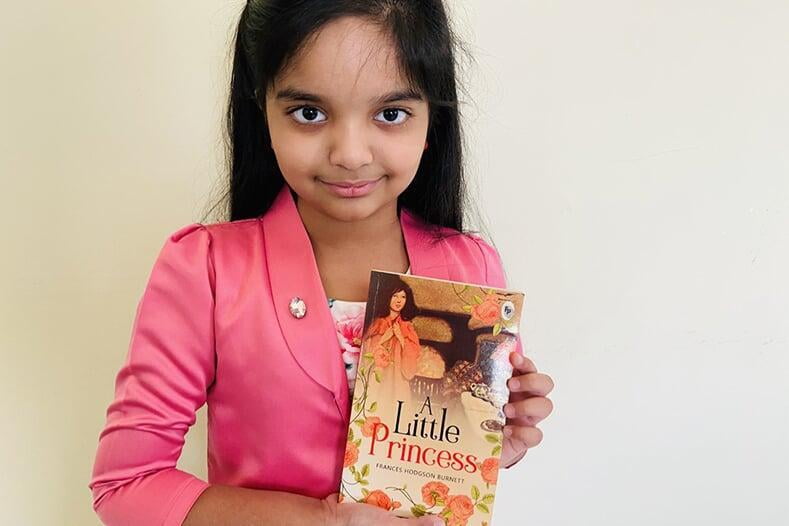
1936, January 9: Had some teeth extracted.1935, December 7: Suddenly Gandhi took ill and was advised rest.1929, August 15: Gave up experiment of uncooked food was under medical treatment.1929, August 12: Suffered from dysentery.1928, February 5: Fainted while spinning doctors advised complete rest.1927, December 18: Arrived in Cuttack cancelled all programmes and took rest on account of high blood pressure.1927, December 9: Went to Bolgarh for complete rest on account of rise in blood pressure.1927, May 2: Blood pressure found to be normal.1927, April 25: In letter to Satish Chandra Das Gupta, wrote that he would “not plunge into active work thoughtlessly or without medical advice”.1927, March 27: Blood pressure continued to be high throughout the day.1925, April 23: Reached Tithal for convalescence after an attack of malaria.1924, January 12: in Sassoon Hospital.1924, January 8: Gandhi had severe stomach pain, passed restless night.1919, January 20: Gandhi operated on for piles by Dr.1918, August 11: Fell seriously ill at Nadiad.1914, August 7: In letter to Chhaganlal Gandhi, Gandhi complained of being ill with “old leg pain”.1914, December 4: Gandhi still ill, in bed.1914, November 26: Gandhi took ill again.1914, November 3: Got up first time after illness started short walks.1914, October 25: Ill in bed, advised rest.But despite these recurring ailments, he was back on his feet every time, largely due to his disciplined lifestyle which included focusing on physical fitness and a balanced diet. He was operated on for piles (1919) and severe appendicitis (1924). Gandhiji was a leader of the masses and he spent his entire lifetime caring for the poor and the downtrodden, even though he himself struggled with health issues such as pleurisy (1914), acute dysentery (twice in 1918 & 1929), malaria (in 1925, 19), gastric flu (1939) and influenza (1945).


In 1915, he returned to India and spent the rest of his life here playing a crucial part in steering India towards independence. There, he also worked to secure rights for Indians living there, and it was also where his experiments on Satyagraha took root, which later changed the face of the Indian freedom struggle. He travelled to London to study law between 1888–1891, returned to India thereafter, and after two years, proceeded to South Africa to work, where he lived for twenty-one years. My best wishes to all for a peaceful and restful week.Mahatma Gandhi was born on October 2, 1869. Note: I will be away for the next week camping at the beach. This is a worthy summer reflection for those of us who give advice to others in the name of educational change. Gandhi lived in such integrity that he would not allow himself to give advice unless he was living by it himself. Mother, two weeks ago I was still eating sugar myself.” Why didn’t you tell him that two weeks ago when I brought him here to see you?” The boy’s mother turned to Gandhi and asked, The boy nodded and promised he would not continue this habit any longer. He looked directly at the boy and said,īoy, you should stop eating sugar.

Gandhi motioned for them to come forward. Two weeks later she returned, boy in hand. She took the boy by the hand and went home. The woman looked perplexed and wondered why he had not asked the boy to stop eating sugar. Gandhi listened to the woman carefully, turned and spoke to her son, Would you please advise him to stop eating it?” She approached the great leader respectfully and said, Totally frustrated, she decided to take her son to see his great hero Mahatma Gandhi. No matter how much she chided him, he continued to satisfy his sweet tooth. There is a story of a woman in India who was upset that her son was eating too much sugar. Why? Because we are required to model the behaviors we want other to adapt. No one is required to change more than those of us who present ourselves as leaders of educational reform and transformation.


 0 kommentar(er)
0 kommentar(er)
